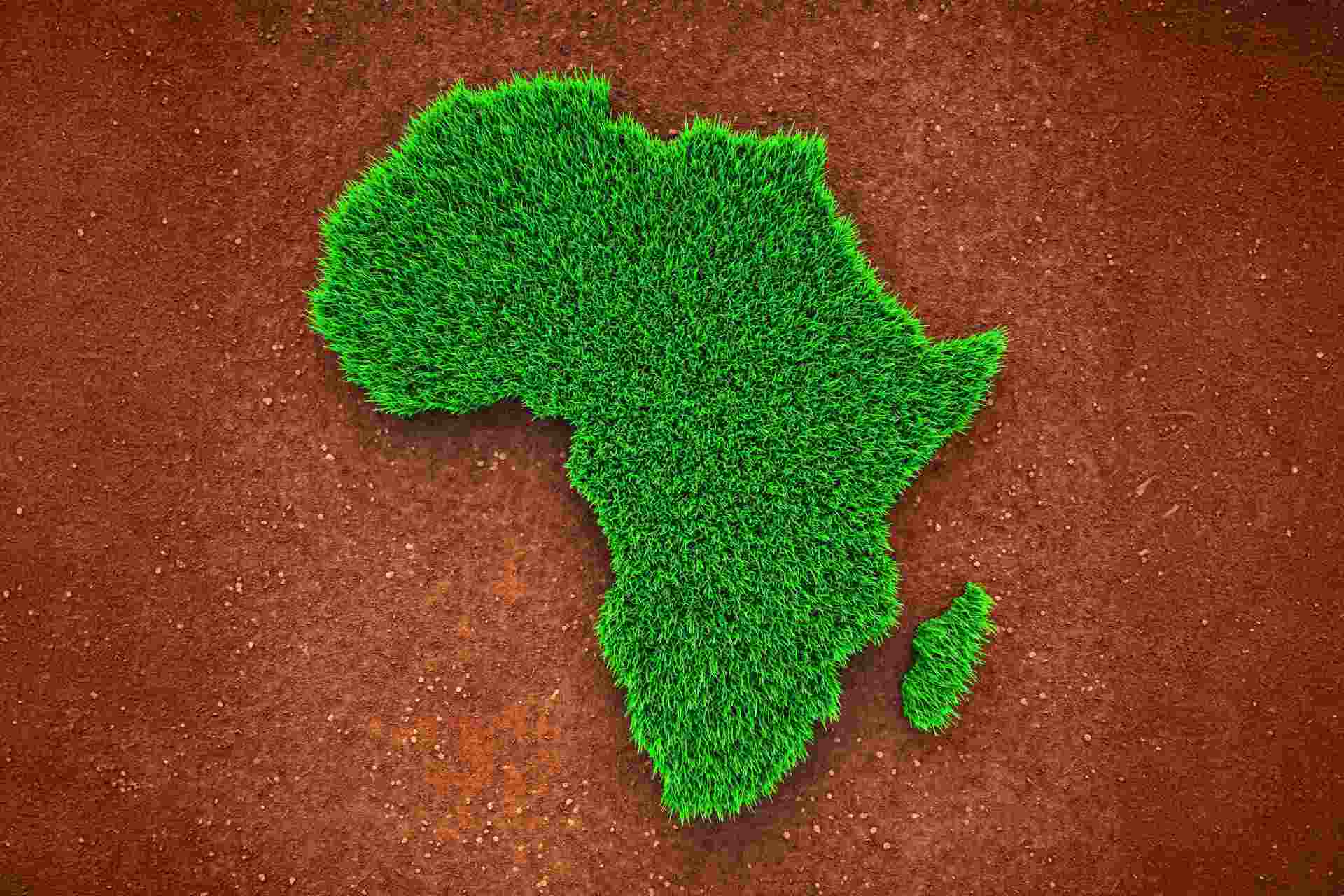
Let’s be honest—when you think of Africa’s natural resources, you probably imagine oil rigs, mineral mines, and vast potential just waiting to be tapped. And you’d be right. But a lot of African countries, despite sitting on some serious natural gas reserves, are barely scratching the surface when it comes to actually using the stuff.
Sounds a bit backwards, right?
Well, the reasons are layered: outdated infrastructure, inconsistent policies, and the growing pull toward clean, renewable energy all play a part. And while it’s easy to focus on what’s lacking, there’s also a massive investment opportunity in Africa especially for anyone willing to get in early.
So, who are the lightweights in gas consumption this year? Here’s a closer look at 10 African countries using the least natural gas in 2025—and what makes each one a potential hotspot for innovation and investment.

Global Rank: 110th
Population: Over 100 million
The DRC is blessed with hydrocarbon riches, but you wouldn’t know it by looking at its gas consumption. Most people still rely on wood, charcoal, and firewood to get by, while hydropower fills in where it can. Natural gas? Barely a blip.
But here’s the thing: the demand for electricity is booming, and the country’s industrial goals are ambitious. That spells opportunity for anyone in clean energy and infrastructure.
Global Rank: 107th
Yes, that’s more than the DRC—but still modest. Niger has some gas reserves, sure, but without proper refining facilities or pipelines, it’s hard to get it from Point A to Point B. Most of the country runs on solar and diesel right now.
Still, the market is wide open for new solutions—think LPG microgrids and off-grid systems. If you’re in the energy game, Niger’s a blank canvas.
Senegal’s been making waves with its offshore gas discoveries, especially the Grand Tortue Ahmeyim (GTA) field. Production kicked off in 2025, which is huge. But despite the buzz, local gas usage hasn’t surged—yet.
Once the infrastructure catches up, though? Senegal’s poised to become a major gas player in West Africa. Watch this space.
Benin leans heavily on Nigeria for gas imports, but the real challenge is distribution. Poor logistics and patchy infrastructure make it tough to get gas where it’s needed.
That said, there’s real potential here, to invest in Africa—especially with portable energy setups like mobile LNG or CNG stations. If urban demand continues rising, innovation will follow.
Morocco is all-in on solar and wind, which is great for the planet. But when it comes to natural gas, usage remains pretty low—especially after diplomatic hiccups with Algeria cut off a major supply line.
Now, Morocco’s turning to LNG imports and long-term projects like the Nigeria-Morocco Gas Pipeline. Once that gets going, the energy landscape here could shift dramatically.
Here’s a strange one: Congo produces a fair amount of gas but sends most of it abroad. What’s left often gets flared—wasted, essentially, thanks to a lack of infrastructure.
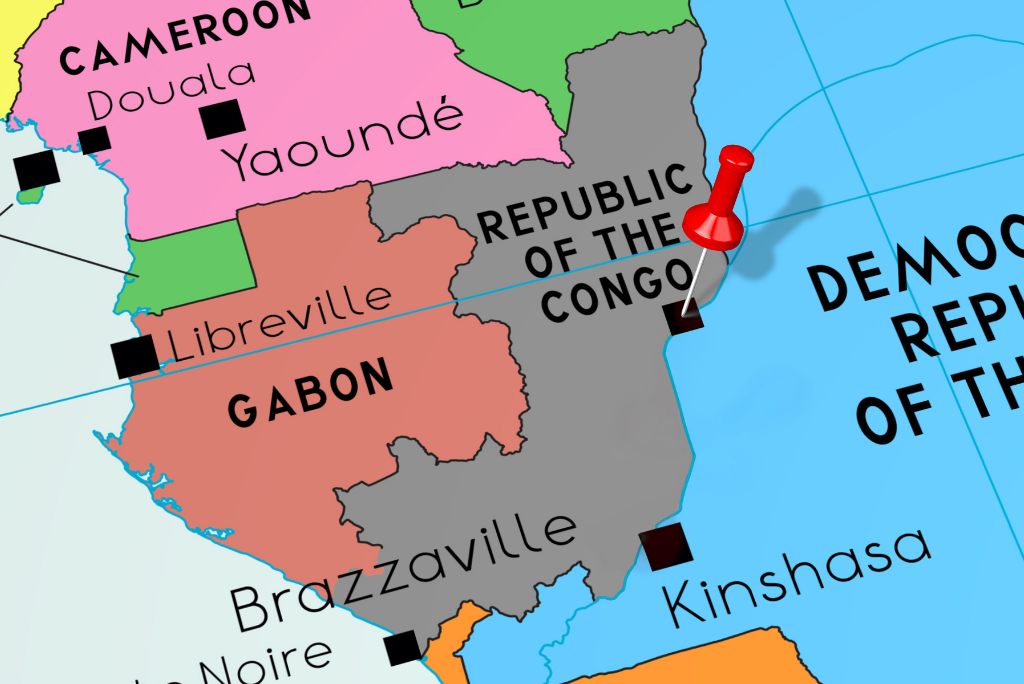
With the right tech, flare-gas recovery projects could flip this script. There’s even ESG (environmental, social, governance) investment appeal if you’re into that.
Despite being an oil producer, Gabon isn’t using much of its gas domestically. Frequent blackouts push people toward diesel generators, and gas infrastructure just hasn’t kept pace.
For investors and developers, this is low-hanging fruit. Think: citywide gas networks and swapping diesel for cleaner, cheaper gas in industrial zones.
Cameroon uses more gas than others on this list, but it still falls short on broader usage. Most of the gas gets funneled into power plants, while residential and industrial demand is underdeveloped.
But with urbanization booming, there’s a golden window here for public-private energy ventures that meet growing demand.
Mozambique is sitting on a goldmine, well, a gas mine. It’s one of Africa’s top LNG exporters. But inside the country, gas use is minimal, mainly because of ongoing regional conflicts and slow-moving infrastructure projects.
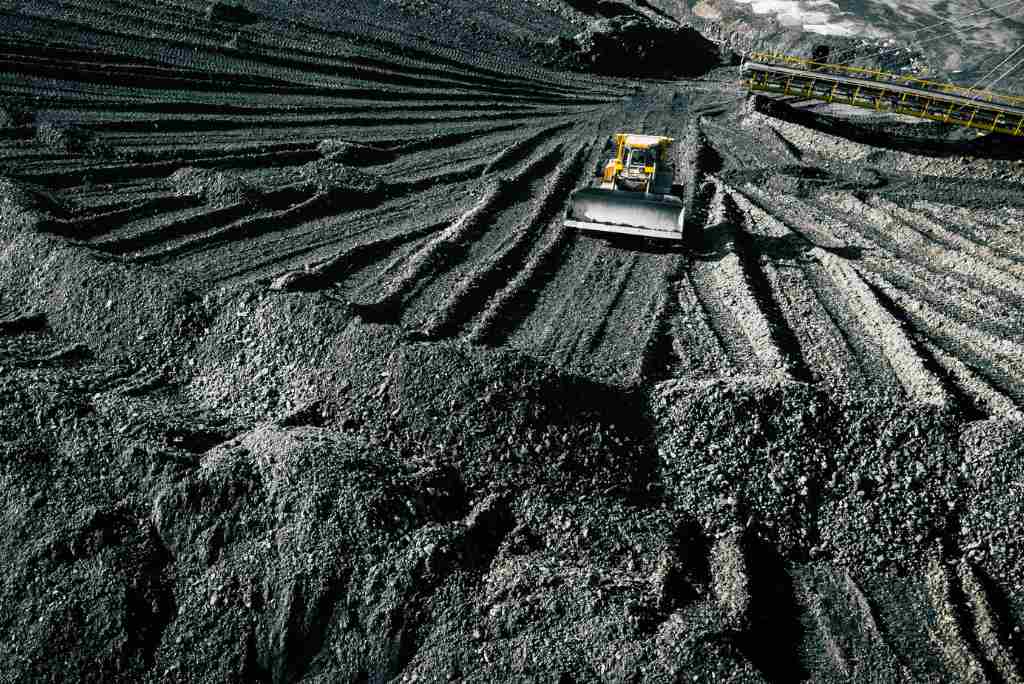
Long-term, though? Once things stabilize, this place could be a launchpad for massive industrial energy projects.
Angola’s been quietly improving its energy infrastructure, but much of its gas still goes toward oil production or gets exported. Residential and business usage is still lagging.
Now, the government’s trying to broaden energy access—clean cooking, gas appliances, you name it. If it sticks, Angola could see a domestic energy renaissance.
Sure, these countries are on the low end of the natural gas consumption chart—but that doesn’t tell the full story. In many ways, these are untapped markets just waiting for the right spark. From LPG logistics to decentralized power systems, there’s real room to make an impact—and a profit.
The smartest investors and entrepreneurs aren’t waiting for perfect conditions. They’re stepping in early, building the future of energy across Africa from the ground up.
And maybe—just maybe—you should be, too.
Sources:
1. Which African countries consume the least natural gas in 2025?
In 2025, some of the lightest gas users across Africa include the Democratic Republic of Congo, Niger, Senegal, Benin, Morocco, and Republic of Congo, among others. Countries like Mozambique and Angola make the list too, surprisingly despite being rich in natural gas. But just because they’re not using much now doesn’t mean there’s no potential. In fact, these are the kinds of places where big shifts often start small.
2. Why do some African nations have low natural gas consumption despite having reserves?
A lot of these countries have the gas, but not the infrastructure to use it efficiently. We’re talking about missing pipelines, outdated refineries, and limited distribution systems. Add in political or economic instability, and the challenge gets even trickier. Also, many of these nations are leaning toward renewables or diesel out of necessity, not choice. Bottom line: it’s not about the lack of resources, it’s about getting them to the people.
3. What energy sources do low natural gas-consuming African countries rely on?
It’s a real patchwork, but here’s the gist: biomass, like wood and charcoal, is still king in many rural areas. Diesel generators are a go-to for backup power, especially in cities. Countries like Niger and DRC also tap into hydropower where they can, and some, like Morocco, are going full speed ahead on solar and wind. In places without robust gas networks, energy comes from whatever’s accessible, even if it’s not the cleanest or most efficient option.
4. How does natural gas consumption in Africa compare to global averages?
Africa’s overall natural gas consumption still trails behind other regions by a lot. Countries like the U.S., China, and Russia consume dozens of times more. But that doesn’t mean Africa is behind the curve, it means it’s on the verge of something bigger. With population growth, industrial development, and new infrastructure kicking in, we’re likely to see African consumption rise steadily over the next decade. It’s more of a slow burn than a sudden explosion, but the shift is real.
5. Can increased natural gas consumption lead to environmental benefits in Africa?
Absolutely, if it’s done right. While natural gas isn’t perfect, it’s a cleaner alternative to diesel, coal, and biomass. Swapping out wood-burning stoves for LPG can reduce indoor air pollution dramatically. Using gas for electricity instead of diesel? Huge emissions drop. And with newer tech, even flare gas, which usually gets wasted can be captured and reused. So yes, increased gas use can actually be a stepping stone toward a greener future, especially when paired with renewables and smart policy.
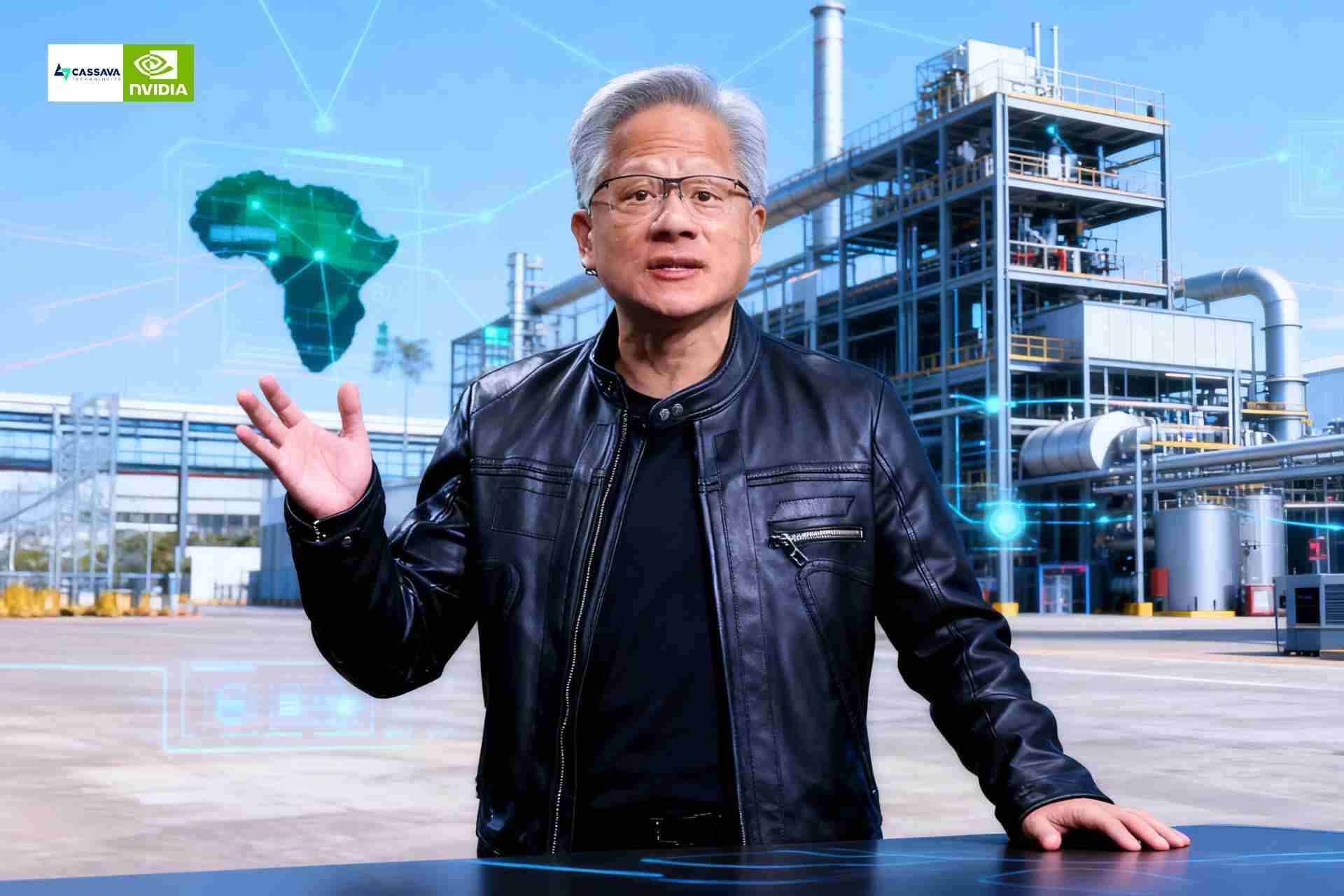
When Jensen Huang, CEO of NVIDIA, teamed up with Cassava Technologies to build what they and others describe as Africa’s “first AI factory,” it wasn’t just another tech announcement. It signals serious moves, for investment, for local capacity, for digital sovereignty. But what this really means, how it may benefit the investment opportunities in Africa, […]
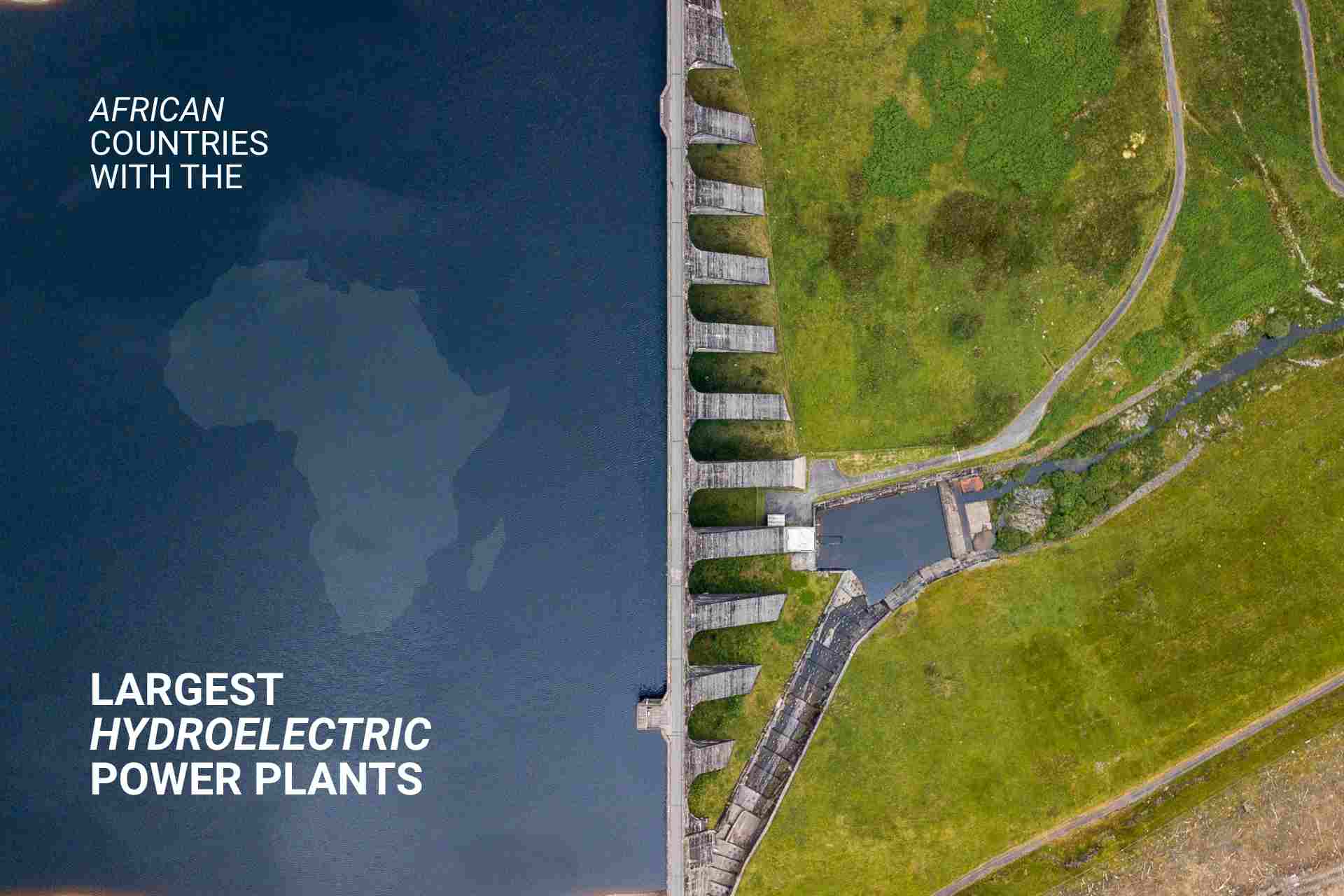
Africa’s hydropower story isn’t just about big dams. It’s about politics, climate risk, export potential and where real investment opportunities in Africa lie. Below are some of Africa’s biggest hydropower assets, what they are, what they could be, and what that means for investors. Major Players Today Country Plant / Complex Installed / Nameplate Capacity* […]

Starlink moving from licence to live service in Chad is straightforward news, but the implications are anything but. Let’s break it down, what happened, how Chad compares to other African markets, what Starlink actually brings to the table, the security and regulatory trade-offs, and what investors and businesses should watch next. Licence vs activation Chad […]